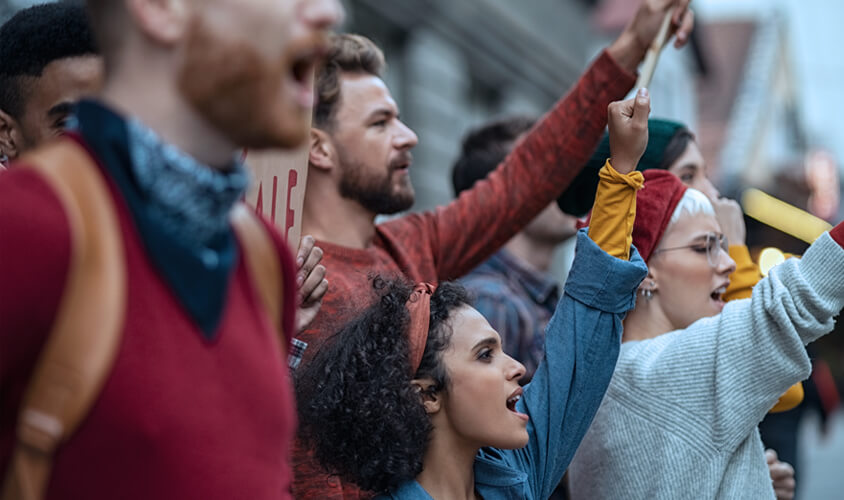Protecting Shops from Looting
Along with gauging total shrink throughout the retail industry, the National Retail Federation (NRF) 2020 National Retail Security Survey also looked at what tools and methods loss prevention professionals are utilizing to combat shrink.
“The top five most-used [loss prevention] systems are up, most notably use of live customer CCTV,” according to the report’s authors. Use of video surveillance increased 16.4 percent from the 2018 fiscal year. During the 2019 fiscal year, survey respondents also reported increased use of burglar alarms, digital video recorders, armored car deposit pickups, and point-of-sale data mining.
According to another NRF study, the 2019 Organized Retail Crime Survey, organized theft, shoplifting, and employee theft collectively result in an estimated two-thirds of shrink every year in the United States, and organized retail crime (ORC) alone costs retailers approximately $703,320 for every $1 billion in sales.
The National Retail Security Survey focused on 69 U.S. retailers’ 2019 fiscal year, although the survey was conducted well into 2020 when many businesses dealt with stay-at-home orders in response to the coronavirus pandemic. (Read more about how retail is evolving during the pandemic in Security Management’s November 2020 issue.)
Shrink remains a concern for retail, but new obstacles arose in 2020, and several industries face unprecedented challenges, including brick-and-mortar sites. Beyond additional sanitation measures, implementing policies to support social distancing, and requiring face masks, retail stores in several cities in the United States had to contend with mass protests, which were largely triggered by the killing of George Floyd in May in Minneapolis, Minnesota.
Many demonstrations were initiated to protest police brutality and racial injustice. While most were peaceful, some turned violent or became instances where looters and others took advantage of the charged situation to commit crimes.
Joshua Skule, senior vice president for Allied Universal’s risk advisory and consulting services, notes that big box retailers have increasingly reached out to Allied Universal for additional protection at their stores, as well as for extra support in implementing pandemic measures.
“We are helping to secure big-box retailers, which includes crowd control and assisting with social distancing initiatives,” Skule says. “During recent social unrest, officers have provided a strong presence to help deter those seeking to disrupt retail operations.”
Many of the additional personnel are trained in threat disaster and emergency response procedures. But some are off-duty police officers that can provide retailers and customers with a sense of extra security—even if the need for extra security is frustrating.
Whether many businesses, public figures, and authorities support the protests’ larger social justice mission, almost all parties have called for an end to violence. When protests break down into violence, Craig Matsumoto, vice president at Allied Universal, notes that ORC groups may take advantage of the situation to steal as much merchandise as they can carry.
“It’s a business for them, and so they take products that are quick to turn to cash,” Matsumoto says.
(See Security Management’s September article on “Corporate Resilience: How to Anticipate Mass Protest and Disruption” for more on anticipating and appropriately reacting to large-scale uprisings.)
